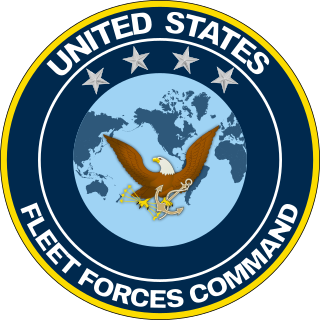
The United States Fleet Forces Command (USFFC) is a service component command of the United States Navy that provides naval forces to a wide variety of U.S. forces. The naval resources may be allocated to Combatant Commanders such as United States Northern Command (USNORTHCOM) under the authority of the Secretary of Defense. Originally formed as United States Atlantic Fleet (USLANTFLT) in 1906, it has been an integral part of the defense of the United States of America since the early 20th century. In 2002, the Fleet comprised over 118,000 Navy and Marine Corps personnel serving on 186 ships and in 1,300 aircraft, with an area of responsibility ranging over most of the Atlantic Ocean from the North Pole to the South Pole, the Caribbean Sea, Gulf of Mexico, and the waters of the Pacific Ocean along the coasts of Central and South America.
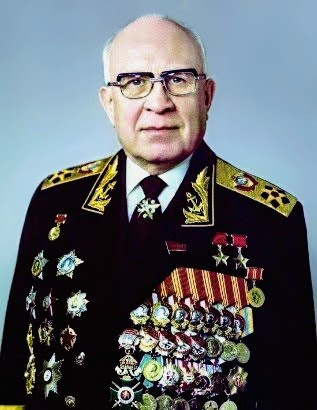
Sergey Georgyevich Gorshkov was an admiral of the fleet of the Soviet Union. Twice awarded the title Hero of the Soviet Union, he oversaw the expansion of the Soviet Navy into a global force during the Cold War as its Commander-in-Chief from 1956 to 1985.
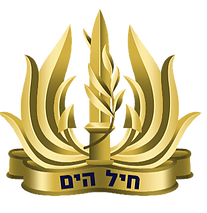
The Israeli Navy is the naval warfare service arm of the Israel Defense Forces, operating primarily in the Mediterranean Sea theater as well as the Gulf of Eilat and the Red Sea theater. The current commander in chief of the Israeli Navy is Aluf David Saar Salama. The Israeli Navy is believed to be responsible for maintaining Israel's offshore nuclear second strike capability.

The Commander-in-Chief Fleet (CINCFLEET) was the admiral responsible for the operations of the ships, submarines and aircraft of the British Royal Navy from 1971 until April 2012. The post was subordinate to the First Sea Lord, the professional head of the Naval Service. In its last years, as the Navy shrank, more administrative responsibilities were added.
This article details the order of battle of the Polish Navy prior to the outbreak of World War II and the Polish Defensive War of 1939. Following World War I, Poland's shoreline was relatively short and included no major seaports. In the 1920s and 1930s, such ports were built in Gdynia and Hel, and the Polish Navy underwent a modernisation program under the leadership of Counter-Admiral Józef Unrug and Vice-Admiral Jerzy Świrski. Ships were acquired from France, the Netherlands, and the United Kingdom, and the navy was to be able to secure the Polish supply lines in case of a war against the Soviet Union. By September 1939 the Polish Navy consisted of 5 submarines, 4 destroyers, and various support vessels and mine-warfare ships.

Jerzy Włodzimierz Świrski was a Polish vice admiral and officer in the Russian Imperial Navy and later the Polish Navy. As Chief of the Polish Naval Command (1925-1947), he was a member of an elite group of high ranking Polish naval officers from foreign navies who became founder members of the re-established naval forces of the newly independent Poland after World War I. During World War II, Polish naval forces under his command, were embedded with the Royal Navy and contributed significantly to the success of Britain's maritime war effort. He notably fell out with Poland's war time Prime Minister-in-exile, General Sikorski, but was backed by the British and survived in post. He was appointed an Honorary Knight Commander of the Order of the Bath.
Hispanics in the United States Naval Academy account for the largest minority group in the institution. According to the academy, the Class of 2009 includes 271 (22.2%) minority midshipmen. Out of these 271 midshipmen, 115 are of Hispanic heritage. In 2004, of the total of 736 female midshipmen, 74 (10%) of them were of Hispanic descent.

The Polish Navy is the naval branch of the Polish Armed Forces. The Polish Navy consists of 46 ships and about 12,000 commissioned and enlisted personnel. The traditional ship prefix in the Polish Navy is ORP.
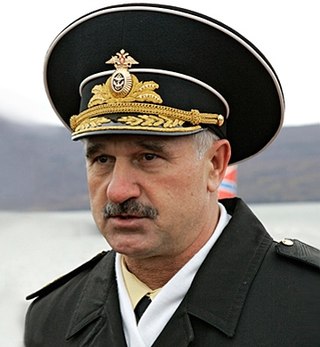
Konstantin Semyonovich Sidenko is a Russian admiral and a recipient of Order of Military Merit and Order for Service to the Homeland in the Armed Forces of the USSR.
Klaus von Dambrowski is a Konteradmiral of the German Navy and Chief of Staff of the Navy Command.

Andreas Krause is a Vizeadmiral of the German Navy of the Bundeswehr, and he served as Inspector of the Navy. He previously served as a U-boat officer, as a staff officer in the Bundeswehr and NATO, as commander of the German Navy's 1st Flotilla and the Maritime Task Force for the United Nations Interim Force in Lebanon, and as Deputy Inspector of the Navy.

The Polish Naval Academy (PNA) "Heroes of Westerplatte" is a naval university supervised by the Ministry of National Defence of the Republic of Poland, with the history, uninterrupted by World War II, dating back to 1922. At present the PNA provides education for officer-cadets, commissioned officers and civilian students at first and second cycles of study, as well as doctoral studies. It also offers opportunities for professional development at specialized courses and postgraduate programs. In accordance with international agreements the PNA trains officers for naval forces of countries in Europe, North Africa, the Middle and Far East. International exchange significantly contributes to the rise in qualifications of the PNA staff. It also allows the students to attend lectures given by best specialists from leading scientific centers of the world.
Rear Admiral Y. N. Jayarathna, RWP, RSP, USP is a retired Sri Lankan admiral and hydrographer. He served as the Chief of Staff of the Sri Lanka Navy and Joint chief Hydrographer to the Government of Sri Lanka, former Commandant of the Naval and Maritime Academy and Commanding Officer, 4th Fast Attack Flotilla.

Bolesław Romanowski was a submarine commander of the Polish Navy during World War II.

Eugeniusz Józef Stanisław Pławski was a Polish Navy officer who served in World War I and World War II. He was the commander of the ORP Piorun (G65) during the hunt for Bismarck.
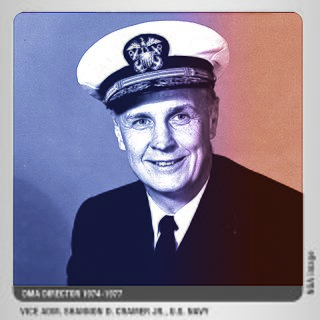
Shannon D. Cramer Jr. was a United States Navy vice sdmiral. He was second director of the Defense Mapping Agency from September 1974 to August 1977. From April to September 1974, he was deputy director for plans, Defense Intelligence Agency.
Tadeusz Józef Roman Morgenstern-Podjazd was a Polish naval officer who was one of the founders of the Navy of the Polish Second Republic and who served as the deputy commander of the Navy between September 1941 and October 1942.

Piotr Franciszek Kołodziejczyk was a Polish vice-admiral, commander of the 3rd Flotilla of Ships and Navy, Minister of National Defence from 1990 to 1991 and from 1993 to 1994, and member of the Sejm of the 10th term.













